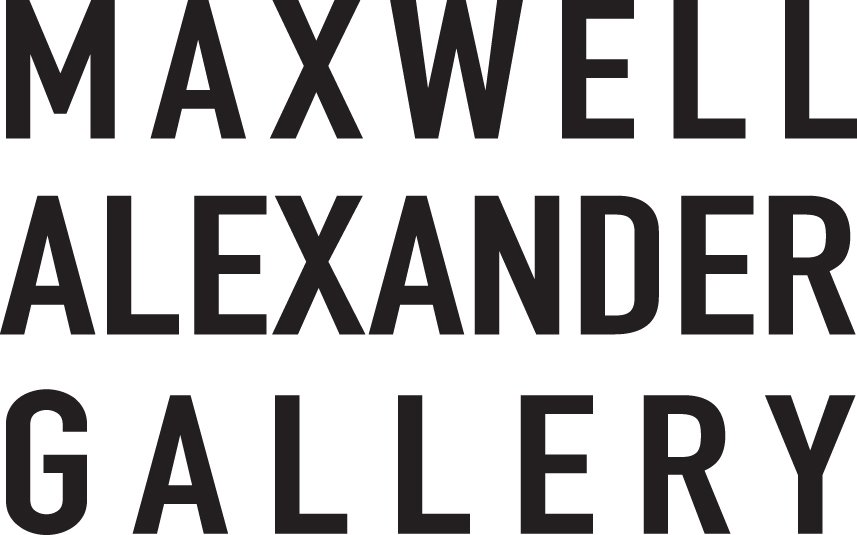Show Preview-Grand Canyon Group Show
by Southwest Art, September 15, 2016
Culver City, CA
Maxwell Alexander Gallery, October 8-November 5
Brett Allen Johnson, "Southern Rhythm", oil, 19 x 24.
This story was featured in the October 2016 issue of Southwest Art magazine.
As often as it has been painted over the past few centuries, the grandeur of the Grand Canyon never ceases to inspire artists. The sheer vastness of the canyon—277 miles long, a mile deep, and up to 18 miles wide in some areas—presents infinite vantage points for creating interpretations on canvas. This month at Maxwell Alexander Gallery, 12 western painters share their own contemporary takes on the Grand Canyon in a group show dedicated to the national park. The show opens on Saturday, October 8, with an artists’ reception at 6 p.m.
“The Grand Canyon is one of my personal favorites,” says gallery director Beau Alexander. “Probably every western artist in our genre has painted it, and I’m excited to see what the modern masters do with it.” Participating in the show are artists Glenn Dean, Logan Maxwell Hagege, G. Russell Case, David Grossmann, Mark Maggiori, Tim Solliday, Ray Roberts, Matt Smith, Josh Elliott, Teal Blake, Bryan Haynes, and Brett Allen Johnson. The artists began preparing their works as early as eight months before the show, and each artist exhibits one or more paintings. “The Grand Canyon is such a vast and complicated landscape and it’s going to be interesting to see how the artists simplify that,” says Alexander.
Brett Allen Johnson "Southern Rhythm" oil, 19 x 24.
Bryan Haynes, "Havasupai–Grand Canyon" oil, 36 x 54.
G. Russell Case, "One Piece of the Pie" oil, 24 x 18.
Mark Maggiori, "Secret Talk at Sunset" oil, 30 x 24.
Ray Roberts, "View Towards Horus Temple, Grand Canyon National Park" oil, 18 x 24.
David Grossmann, "Canyon Heights" oil, 34 x 20.
This was Bryan Haynes’ first time painting the canyon, but he has visited the area more than once and has hiked within the park. “I like to tell stories with my paintings and to give a sense of regionalism by placing figures in a landscape,” he says. The artist, who lives in Labadie, MO, brings a piece called HAVASUPAI, GRAND CANYON to the show. In this painting, Haynes says he wanted to suggest the history of the Havasupai Indians who have lived there for centuries, and he selected shapes and colors that reflect the region. “At the same time, I hope to achieve an illusion of the vast depth of the Grand Canyon, while simultaneously referencing the flatness and beautiful design of a Navajo weaving,” adds Haynes.
Brett Allen Johnson, of Lehi, UT, says his works are often a response to the arid parts of the Southwest—the deserts, badlands, and canyons. “I’m not usually a painter of literal places, and I avoid well-known landmarks,” says Johnson. “I don’t capture places. I make paintings, first and foremost, and I knew that if I were to create a successful painting here, I would have to maintain that motto.” His resulting work, SOUTHERN RHYTHM, portrays the canyon’s rugged geologic strata in fiery vermilion tones. “I feel it’s very important for a painting to come from an authentic place,” says Johnson. “Very simply, these are my places, and this is what they look like.”
No two paintings in the show will be the same, says Alexander. “When an artist has the vastness of a landscape, it gives them an avenue to explore it and give it their own voice,” he says. As for iconic locations like the Grand Canyon, he adds: “We know how we see it, but how does an artist view it?” —Kim Agricola
To view this show or others, click HERE.







